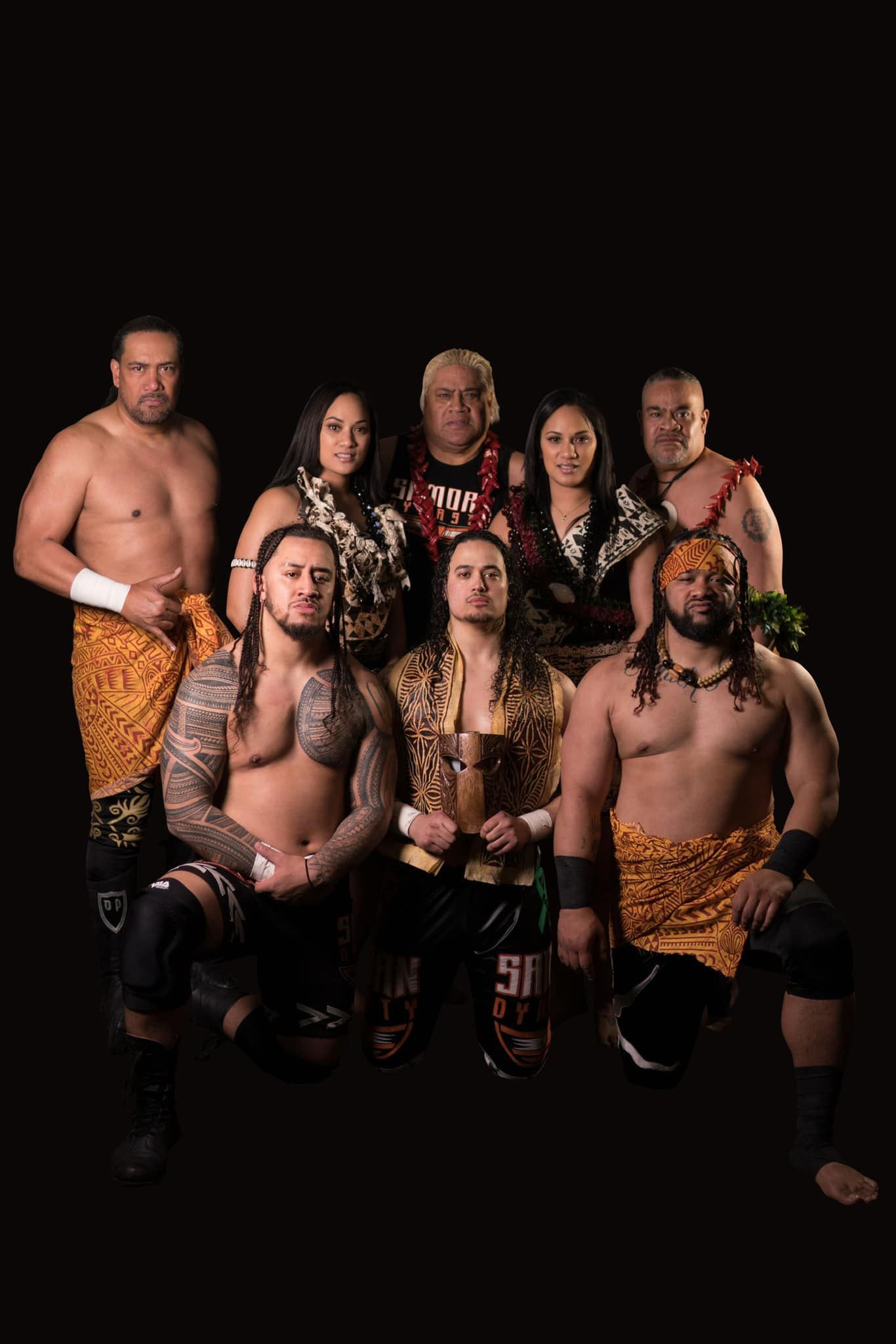Alright, so lemme tell you about this little project I tackled, called “the tonga twins.” Sounds kinda fancy, right? Well, it ain’t. It was just a fun way to mess around with some new libraries I wanted to learn.

First off, I had this idea. I wanted to visualize some data, but not just any data. I wanted something geographical, and I wanted it to look slick. So, I grabbed a dataset about… well, let’s just say it involved islands. A bunch of ’em. Think tropical paradise, but in spreadsheet form. I spent a good chunk of time cleaning it up, removing all the junk rows and columns, and getting it into a format I could actually use. That alone took a couple of hours.
Next, I started fiddling with the mapping library. I tried a couple different ones, messing around with the setup, reading the documentation (ugh, the worst part), and trying to figure out how to actually get the data to show up on a map. I wanted markers, little pop-ups with info, the whole shebang. Turns out, getting the coordinates right was a pain. Kept getting stuff plotted in the middle of the ocean. Had to double-check the data, flip some longitude signs… you know, the usual debugging headache.
The real fun started when I tried to make it interactive. I wanted people to be able to zoom in, zoom out, click on the islands, see more details. This is where I dove into JavaScript. Now, I’m not a JavaScript guru, but I can hack my way around it. I spent a bunch of time digging through examples, adapting them to my own data, and swearing at my screen when things didn’t work. I think I spent a good 3 hours fighting with just one pop-up window.
- First I tried this leaflet thing. I spent a few hours trying to get it to do what i want
- Then I switched to mapbox. This was way better but cost money if you have too much traffic.
- Finally settled on google maps. Easy to use and well documented.
After days of trial and error, frustration and small victories, I finally had something that resembled what I envisioned. It wasn’t perfect, mind you. The code was probably a mess, and there were definitely some rough edges. But it worked. You could zoom in, click on the islands, see the data, and it looked pretty damn cool. I hosted it up on a free site, and shared it with a few friends. Felt pretty good, to be honest.
So yeah, that’s the story of “the tonga twins.” It wasn’t some groundbreaking achievement, but it was a fun learning experience. And that’s what it’s all about, right?














